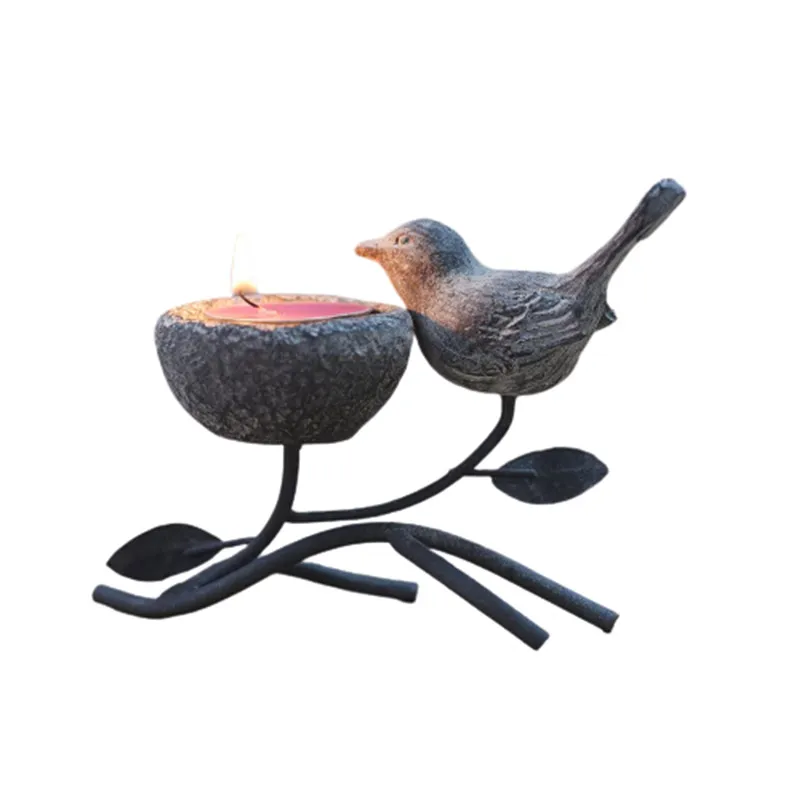Tabletop Decorative Metal Articles are usually made of a variety of metal materials that not only have a beautiful appearance, but also have good durability and processing performance. The following are some common materials used to make tabletop decorative metal articles:
1. Stainless Steel:
Stainless steel is favored for its corrosion resistance and durability.
It is easy to clean and maintain, and is suitable for making tabletop decorations such as tableware and vase stands.
It can be enhanced through processes such as polishing and engraving.
2. Iron:
Iron is a traditional metal material that is often used to make tabletop decorations with retro or industrial styles.
It can be forged, welded, and other processes to create unique shapes and textures.
To prevent rust, it is usually necessary to apply anti-rust treatment or paint.
3. Aluminum:
Aluminum is a lightweight metal with good ductility and plasticity.
It is easy to process into various shapes and sizes, and is suitable for making complex tabletop decorations.
The surface of aluminum can be anodized to enhance its corrosion resistance and beauty.
4. Copper:
Copper has a unique color and texture and is often used to make high-end desktop decorations.
Copper has good electrical and thermal conductivity, but its aesthetics are mainly used in desktop decoration.
The surface of copper can be polished, gold-plated, etc. to enhance its decorative effect.
5. Zinc alloy:
Zinc alloy is a metal material with good casting performance.
It can produce fine patterns and textures, and is suitable for making complex desktop decorations.
Zinc alloy has moderate hardness and strength, which can meet certain usage requirements.
6. Other metal alloys:
In addition to the above metals, there are some metal alloys that are also commonly used to make desktop decorative metal products.
These alloys usually combine the advantages of multiple metals and have better comprehensive performance.
When choosing a metal material, in addition to considering its aesthetics and durability, it is also necessary to consider its cost, processing difficulty, and whether it conforms to a specific design style. Different metal materials have different characteristics and uses, so manufacturers usually choose the right material according to customer needs and budget.
In addition, with the improvement of environmental awareness, more and more manufacturers have begun to pay attention to the sustainability of metal materials. They choose recyclable metal materials to reduce the impact on the environment. At the same time, some manufacturers also adopt environmentally friendly production processes and technologies to reduce energy consumption and waste generation.


